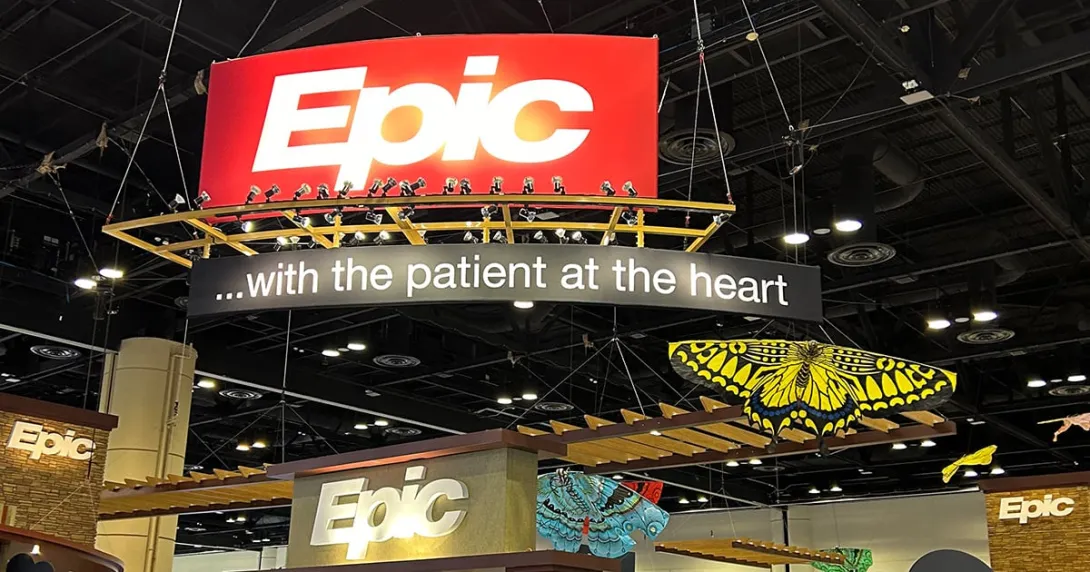The patient-centered medical home (PCMH) promises to improve care quality and reduce costs through highly individualized chronic care management featuring patient self-management, online interaction among interdisciplinary care team members, proactive monitoring using registry and needs-based care, according to the Patient Centered Primary Care Collaborative (PCPCC). Equally critical to the PCMH are service delivery, careful specialist selection and coordination via provider portals that standardize care processes and facilitate referral management.
While the concept of the PCMH is promising, it may never fulfill its underlying mission, vision and values without quality, patient-centered information technology support. The American College of Physicians (ACP) and the National Committee on Quality Assurance (NCQA) are two of several leadership groups that have already documented the indispensable role of IT in PCMH quality, proliferation and impact.
According to the ACP, the medical home must perform some 10 functions – from collection of data, elements, incorporation of data from external systems and support of care coordination, to medication reconciliation, responsiveness to community health needs, and links to community health resources. Just as essential to the PCMH, , are risk stratification, team decision making at the point of care, enhanced patient self-management, access and communication and collection, measurement and reporting of quality and outcomes.
NCQA’s PCMH standards offer a varied point of view but are equally exacting and expansive. The PCMH might not achieve its promise, NCQA claims, unless it can deliver on patient and provider access and communication, patient tracking and registries, care management, patient self-management, e-prescribing, test and referral tracking, performance reporting and improvement and advanced electronic communications.
The implications for those committed to expanding the PCMH model are clear. They must endorse and invest in IT solutions that meet new and emerging standards and criteria as outlined by entities such as PCPCC, ACP and NCQA. Patients, for example, need clinical pathway-driven portals that enhance access and communication and facilitate individualized self-management of chronic diseases and conditions.
Providers, in turn, need portals that blend secure messaging among patients, providers, and practices with functions such as medical reconciliation, referral management and care collaboration and tools for risk stratification, workflow and population health management. Along with flexible data access and sharing, medical home clinicians will increasingly demand rapid, accurate delivery of evidence-based content, business intelligence and clinical decision support at the point of care. When a typical Medicare patient sees nine physicians on average, almost always, the medical home team includes clinicians from multiple organizations that do not share the same infrastructure or clinical systems. The collaboration is much more complex than simple e-mail messages.
The issues for those who support the PCMH concept are obvious: Can current IT solution providers offer the technological “glue” required to perform functions required in executing the PCMH model? Moreover, do they have the agility, flexibility and depth to respond to evolving and escalating PCMH demands? Clinicians, associations and policy analysts must take the lead, insisting that IT solutions deliver the collaboration and interoperability needed to turn the PCMH model into a powerful vehicle for healthcare transformation.
Qi Li, MD, is executive vice-president, global clinical strategies at Scottsdale, Arizona-based Carefx Corp.


